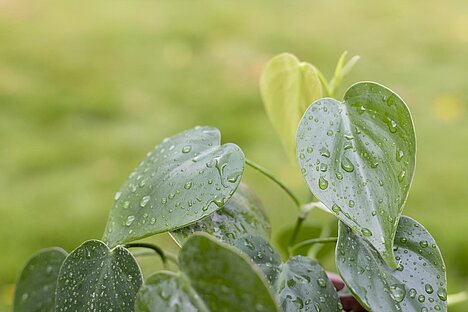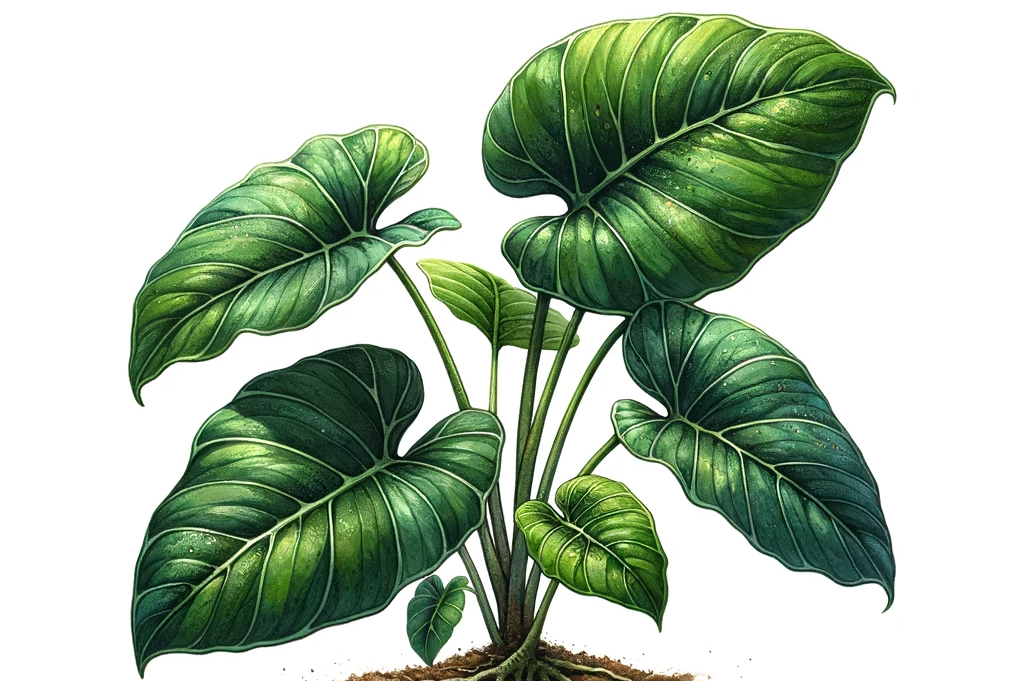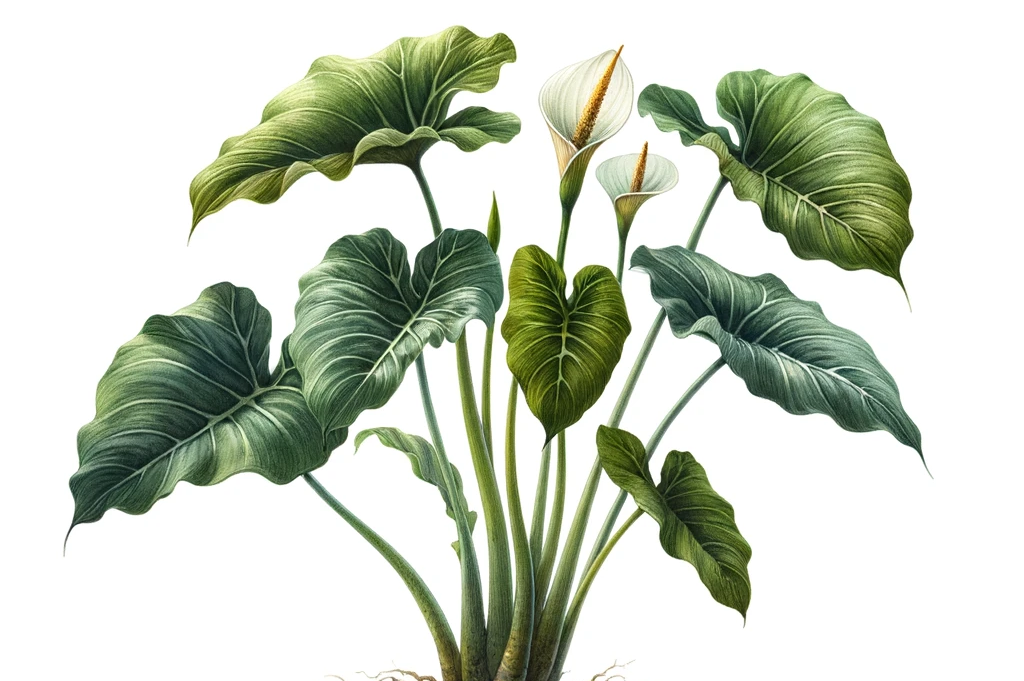Ivy tute

What is ivy?
Ivy (Epipremnum aureum) is a tropical climbing plant from the arum family. It has shiny, heart-shaped leaves that are spotted green, yellow or white, depending on the variety. It can grow up to 15 meters long and forms aerial roots with which it clings to walls or other plants. Ivy is also known as the money tree or lucky plant because it is said to attract wealth and luck.
What are the benefits of ivy for dogs?
Ivy has some benefits for dogs that you might not have expected. For one, it is a very good air purifier. It filters pollutants such as formaldehyde, benzene or xylene out of the air and thus improves the indoor climate. This can be particularly helpful for dogs with respiratory problems or allergies.
What are the disadvantages of ivy for dogs?
Unfortunately, ivy also has some disadvantages for dogs that you should not ignore. Firstly, it is poisonous to dogs. It contains calcium oxalate crystals, which can cause irritation and swelling on contact with the mucous membrane. This can lead to symptoms such as salivation, vomiting, diarrhea or breathing difficulties. In the worst case, it can even lead to allergic shock or kidney failure. On the other hand, ivy can also lead to injuries or choking.
How can you safely keep ivy in your home?
If you want to keep ivy in your home, you should take some precautions to protect your dog. Here are some tips:
- Place the ivy in a high or inaccessible place where your dog can't reach it.
- Regularly cut off the long shoots or tie them together so that they don't hang down.
- Check the plant regularly for damage or signs of eating.
- Watch your dog when he is near the ivy.
- If you suspect that your dog has eaten the ivy or is showing symptoms, seek veterinary advice immediately.
Ivy is a beautiful and useful houseplant, but it also harbors dangers for dogs. If you want to keep it in your home, you should be well informed and careful. This way, you and your dog can enjoy the ivy plant.
Properties 2
Are you looking for other ingredients with a specific property?
Just click on them to find more.
If you notice any signs of hypersensitivity or poisoning in your dog, you should see your vet immediately. We are not a substitute for a vet, but we try to be as accurate as possible. Every dog reacts differently and we recommend you get a second opinion or consult your vet if in doubt.
Stay healthy and take good care of your four-legged friend!😊
Similar to Ivy tute
Window leaf (Monstera deliciosa) is a climbing plant from the arum family and originally comes from Central and South America. There it grows on tree trunks or rocks and can grow up to 20 meters...
Philodendron is a genus of around 600 plant species that mostly grow as climbing or hanging plants. They often have large, glossy leaves that are colored in various shades of green or with colorful...
The giant arrowleaf is a tropical plant from the Araceae family that is known for its impressive, large leaves. Originally native to the rainforests of Southeast Asia and the Pacific, this plant has...
Arum plants (Araceae) are a family of plants that includes over 100 genera with more than 2000 species. These plants are known for their unique flower structures, which are often surrounded by a...



